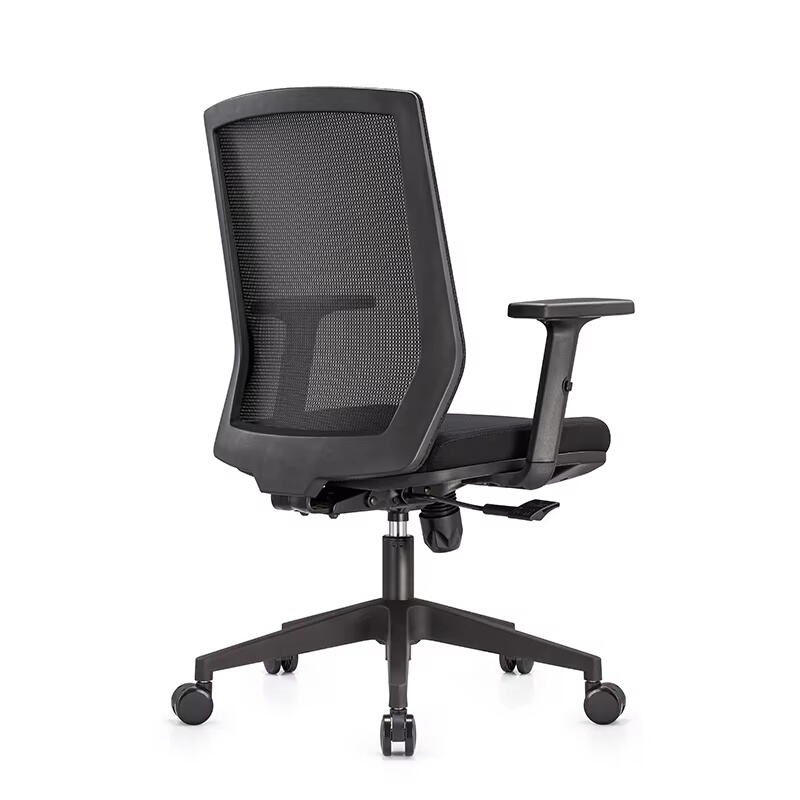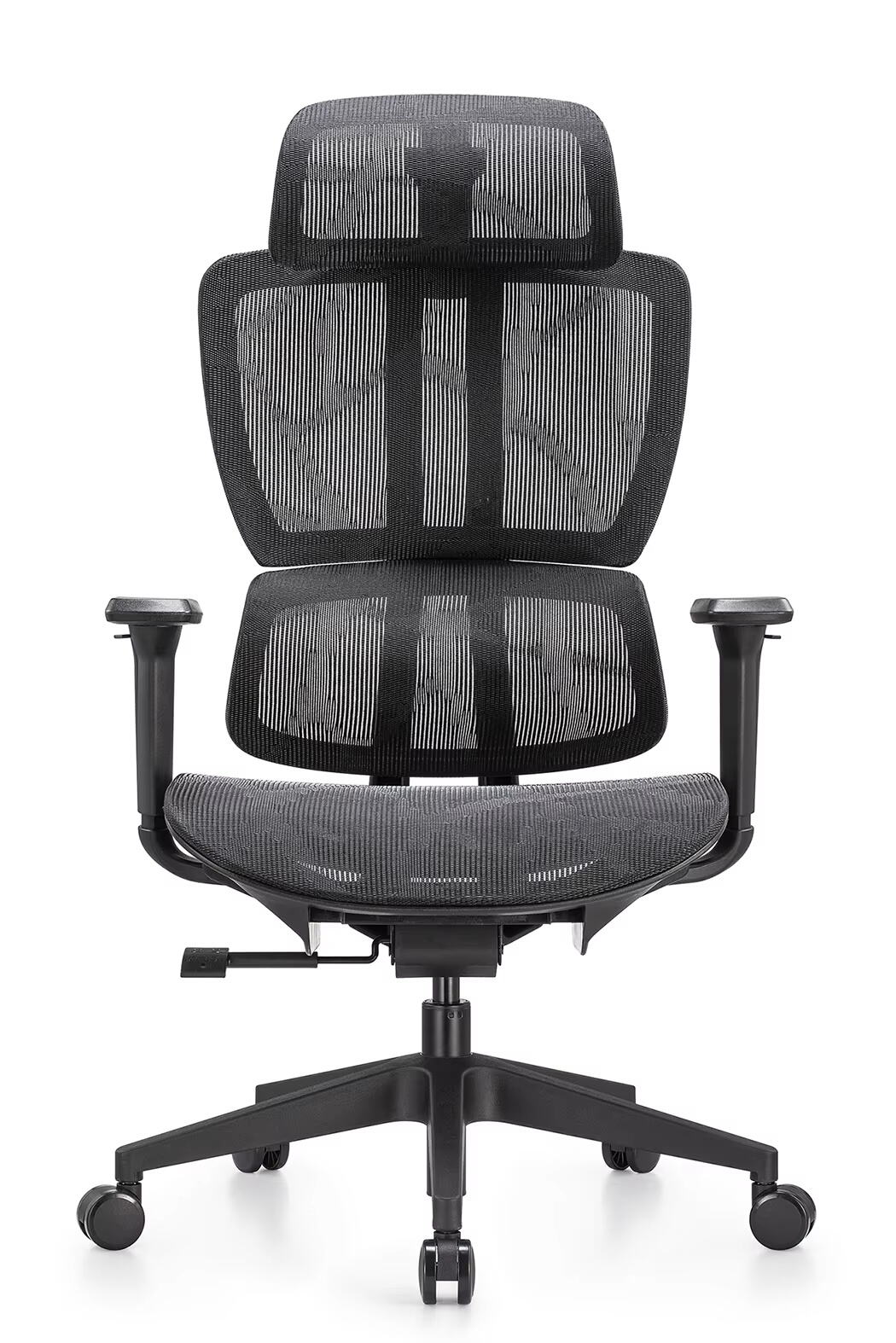
Key Features of Chemical-Resistant Laboratory Chairs
Material Durability & Chemical Resistance
Lab chairs built to handle chemical exposure are made to last through tough conditions, so they stay reliable over time in research environments. Most often, these seats come from materials like HDPE plastic, PVC, or other special plastics known for standing up to harsh chemicals without breaking down. Labs have seen firsthand how these materials hold up against all sorts of substances, which is why they work great in labs where accidents happen regularly. Manufacturers actually test these chairs by spilling chemicals on them to see if they'll survive, and some even get official certification proving they can take what gets thrown at them. When labs choose these durable options instead of cheaper alternatives, they save money in the long run because they don't have to replace broken chairs as often. The right materials make all the difference when dealing with dangerous substances day after day.
Ergonomic Support for Extended Use
Lab chairs designed with ergonomics in mind really boost comfort levels for those working long shifts in research facilities. Features like good back support and properly shaped seats make all the difference when it comes to cutting down on physical strain and keeping people from getting sore after hours at their benches. Research shows that folks who sit in these specially designed chairs report far less back pain compared to traditional seating options, which means they stay productive longer and generally happier about coming into work each day. Most modern lab chairs come with adjustments so different body shapes can find what works best for them personally. This kind of customization helps everyone keep their spine aligned properly while doing delicate experiments or data entry tasks. Labs that invest in this sort of equipment tend to see fewer injuries and sick days over time simply because workers aren't fighting against uncomfortable furniture anymore.
Mobility Features: Wheels & Swivel Bases
Labs can really benefit from chairs that have good mobility features like solid wheels and swivel bases when it comes to keeping things running smoothly. The wheels matter because they let people roll around easily on those often cluttered lab floors, so scientists don't get stuck moving between stations all day long. Swivel bases also make a big difference since they allow workers to turn and reach equipment without twisting their bodies awkwardly, which saves time and back pain. Some studies show that labs where staff actually move freely tend to complete experiments faster and encounter fewer delays during routine work. Getting chairs with decent wheels and swivels isn't just about comfort either it's practically necessary for creating a workspace where both productivity and safety stay at reasonable levels.
Importance of Ergonomic Design in Lab Chairs
Adjustable Height & Lumbar Support
Adjustable height settings and good lumbar support make all the difference when it comes to lab chairs and preventing back pain. When someone can tweak the chair height to fit their specific work area, they end up sitting in a much better position overall. Their body just doesn't get as tired from being forced into awkward angles. Research shows time and again that proper lower back support helps keep the spine aligned correctly, which matters a lot for people who spend hours on end at their desks. Lab workers especially need these features since they often sit for long stretches while running experiments or analyzing data. Many medical experts actually recommend investing in quality adjustable chairs for laboratory environments because poor seating contributes to so many workplace injuries over time.
Compatibility with Standing Desks & Workstations
Lab chairs designed to work with standing desks give workers real flexibility, making it easier to switch between sitting and standing throughout the day. Studies show that when lab staff can adjust their chair heights, they tend to develop better work habits overall. Modern designs include special mechanisms that let people move from seated to standing positions smoothly without interrupting their workflow. This not only makes operations run smoother but also cuts down on tiredness during those long shifts in the lab. Some models even have memory settings for preferred heights, which many technicians find particularly useful after spending hours at their stations.
Reducing Fatigue with Armrests & Footrests
Adding adjustable armrests and footrests to lab chairs really helps reduce fatigue when people sit for long periods doing experiments or data entry. Studies in occupational health show that getting the armrest height right makes a big difference for shoulders and upper back pain, which means workers can maintain better posture throughout their shifts. These adjustable components address different body types and work styles across the lab staff. Someone tall might need extra legroom while another person prefers shorter settings. The result is chairs that actually fit individuals rather than forcing everyone into one size fits all solutions, making those long hours at the bench just a little more bearable.
Safety & Functionality: ESD Protection & Stability
Role of ESD Chairs in Sensitive Environments
In labs where sensitive electronics are handled, electrostatic discharge (ESD) chairs really matter because they cut down on static electricity dangers. These special chairs work to reduce static buildup which protects expensive equipment and keeps workers safe from unexpected shocks. Testing over recent years shows pretty clearly that when labs use proper ESD chairs, their sensitive instruments stay protected longer. Most industries now require ESD safe seating in certain areas according to established guidelines. Choosing the right chair isn't just about comfort anymore it's about following regulations that keep both people and pricey lab gear safe. While compliance might seem like extra paperwork, it actually saves money in the long run by avoiding repairs and downtime caused by electrical mishaps.
Sturdy Bases for Industrial & Medical Labs
Stable chairs matter a lot in industrial and medical labs if we want to avoid accidents. Most good quality chairs depend on solid bases for this extra layer of safety. Studies show that wider, heavier bases cut down on tipping or sliding when someone sits down or moves around. The way weight gets distributed across these bases makes all the difference, especially in busy lab spaces where people are constantly moving from one station to another. Labs that handle sensitive equipment or hazardous materials really need those heavy duty bases. They make sure movements stay smooth while keeping everyone safe from the risks of wobbly or unstable seating arrangements.
Non-Slip Features & Floor Compatibility
Adding non slip elements to laboratory seating makes a big difference for safety, stopping chairs from sliding around when someone gets up or down. Labs where people move constantly between workstations really benefit from this feature. Good chair design works across different floor types too, whether it's tile, wood, or sealed concrete surfaces. Most companies actually list floor compatibility details right on product specs these days, showing how important this aspect has become for modern lab setups. The emphasis on working well with various surfaces lets facilities run smoother operations without damaging expensive flooring materials, which saves money long term and keeps the lab looking professional over time.
Medical & Pharmaceutical Laboratories
Medical labs and pharmacies need chairs that resist chemicals to keep staff safe when working around dangerous substances. Labs follow strict rules about equipment, so they must use specially made furniture that meets all the regulatory requirements for safety and function. Studies show workers sitting in good ergonomic chairs feel more comfortable, which means they get things done faster and make fewer mistakes while doing important tests or preparing medications. When labs invest in proper seating solutions, technicians spend less time dealing with back pain or other discomforts, allowing them to concentrate better on their actual work and ultimately produce better results for patients and research projects alike.
Educational & Research Facilities
Schools and research centers tend to go for furniture that's both comfortable and resistant to chemicals when setting up their labs. After all, people working there need stuff that can handle spills and stand the test of time while still being pleasant to sit in for hours on end. Labs want to make sure everyone from students doing experiments to professors running tests has what they need to stay productive during those marathon sessions. Some actual research done at universities shows that good quality seating makes a real difference in how well students learn and just plain old makes them happier overall. When schools invest in proper lab furniture, they're not just buying chairs and tables – they're creating spaces where new ideas can actually happen instead of getting lost in discomfort and frustration.
Industrial & Cleanroom Settings
Specialized seating is a must have in industrial facilities and cleanrooms where both regulatory standards and employee comfort matter. The surfaces need to be non porous so they can withstand regular cleaning without harboring contaminants. Materials should also wipe down easily to cut down on cross contamination risks during daily operations. Many cleanroom environments actually require certain types of furniture approval before installation, which drives up the market for these specially designed ergonomic options. Labs working with sensitive materials or pharmaceutical companies dealing with strict quality control protocols find these chairs indispensable for keeping their workspace sterile while still allowing staff to work comfortably throughout long shifts.
Top Chemical-Resistant Lab Chairs for 2024
Medical Lab ESD Stool Chair: Adjustable & Electrostatic Safe
The Medical Lab ESD Stool Chair was built with one thing in mind: keeping static electricity at bay in places where even a tiny spark could cause major problems. Labs dealing with delicate electronics need something that stops those annoying static charges from building up, and this chair does exactly that. What sets it apart is the adjustable height feature which lets technicians move comfortably between workstations and equipment benches throughout their shifts. We've seen these stools last through years of daily use in real lab conditions. Testing shows they hold up against harsh chemicals commonly found in medical facilities while maintaining their protective properties. For anyone spending long hours in a lab environment, this chair offers both practical benefits and peace of mind knowing their sensitive gear stays safe from electrostatic damage.
MAC PU Seat Stool: Scratch-Resistant & Ergonomic
Lab workers who spend long hours at their stations will appreciate the MAC PU Seat Stool's scratch resistant surface and built-in ergonomic features that keep them comfortable during extended work sessions. The design isn't just stylish looking either it wipes down quickly after experiments or spills, which matters a lot when maintaining proper lab cleanliness standards. People who've actually used these stools in real lab settings tend to mention how they hold up over time without losing their shape or comfort level. Many researchers have found this particular model worth the investment compared to cheaper alternatives that break down after a few months of daily use in busy laboratory environments.
Metal Chemistry Lab Chair: Heavy-Duty ESD & Swivel Design
Designed for the toughest lab environments, the Metal Chemistry Lab Chair stands up to all day long usage in busy chemical research facilities. Built on a solid steel frame that won't bend or break under pressure, this chair stays put when needed most. The spinning base lets researchers move around their work area quickly without having to get up constantly, something many lab workers appreciate during those long experimentation sessions. Real users often mention how comfortable they find the seating despite the industrial look, plus the chair comes with several safety enhancements that give peace of mind in potentially hazardous conditions. For scientists and technicians needing dependable support throughout their shifts, this chair has become something of a standard in modern laboratory setups across the country.













